10.5.1 - THE SILICON TRANSISTOR
| As aforeseen
the first TRANSISTOR comprised a base made with Germanium crystal
provided with two contacts points forming respectively two opposed
contact diodes. Its large-scale production begun with rate grown method, where Germanium Dioxide, Ge02, was pulled in such away DONORS and ACCEPTORS materials being alternately infused in the molten Germanium. Fig 270 The dosing of DOPE, however, was difficult to control and therefore it was difficult to obtein a semiconductor material with stable electrical characterisitcs. In such maner the engineers developed a manufacturing method in which two pellets of Indium are placed on either side of the slice on N-material actuating as DOPE. This sandwich of materials was heated in a reducing atmosfere at temperatures below the melt point of Germanium around 500 - 650º. Considering the metallurgical nature of the grain growth, this manufacturing process was called as the alloy method. After cooling the Germanium-Indium alloy crystallizes as P material. Finally, the wire connections are soldered to the remaining parts of the Indium pellets and on the crystal, and thus a P-N-P TRANSISTOR is obtained. Therefore, since the N-material with few DONORS has a high specific resistance, and to keep the the base resistance low, this layer must be extremely thin, around 20 microns and in this way requesting an accurate quality control stage. Fig 271 Industry soon succeeded in using this method to manufacture a low power solid-state amplifier that due to its small size and low consumption was employed soon in hearing aids as well as it became possible to build 6-12 V battery operated radio receivers. This new conception of solid-state radio or better known as TRANSISTOR receivers conquered the world due to its quality and small size. Fig 272 In 1954 it was launched in the market the first silicon TRANSISTOR. SILICON, with its 1.450ºC melting point had several advantages over GERMANIUM such as: higher temperature resistance, lower leakage current and higher breakdown voltage. Moreover, since Silicon made TRANSISTOR could handle more power due to its higher heat dissipation, it was of utmost importance for military application. Silicon as a semiconductor material was a big step in the manufacturing of TRANSISTORS. However, in 1957, a team of engineers working for the American company Fairchild developed a new technology known as the difusion method.
|
|||||||||||||||||
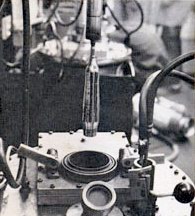
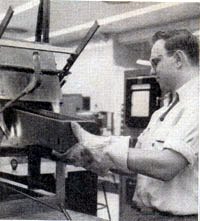
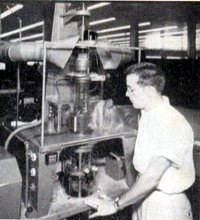
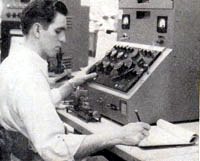


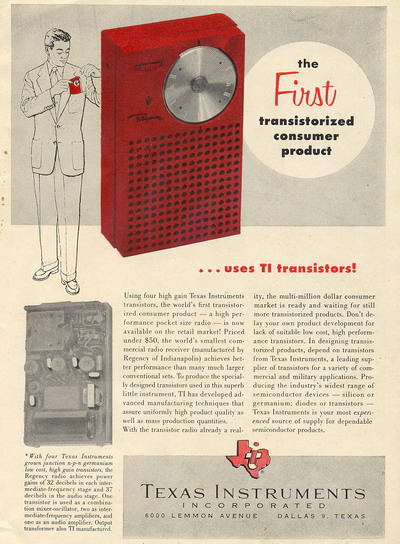
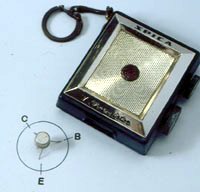 The
first types of Japanese pocket radios using Germanium TRANSISTORS,
circa 1960.
The
first types of Japanese pocket radios using Germanium TRANSISTORS,
circa 1960.